Blu Putnam, CME Group
AT A GLANCE
- Recessions do not tend to happen when the Fed is in “neutral”
- Profit margin compression is a challenge for equity valuations, but it does not necessarily signal a recession
1. The Federal Reserve and higher interest rates
According to the federal funds futures market, market participants expect the Fed to raise short-term rates to about 3% by early 2023 and then take a pause. Most analysts would consider a 3% short-term interest rate as in the neutral territory, neither accommodative nor restrictive. Recessions do not tend to happen when the Fed is in “neutral”. Recessions are much more likely only when the Fed moves rates well into restrictive territory.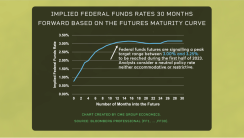
2. There was massive fiscal stimulus during the pandemic, financed by the Fed buying bonds
The fiscal stimulus is not being repeated and the Fed has just commenced to shrink its balance sheet, which means it will no longer purchase large quantities of U.S. Treasury and Mortgage-Backed securities each month. With less demand, bond prices have fallen and yields have risen.Just as Fed bond purchases supported equities, reducing the Fed’s balance sheet is a headwind for equities because the higher U.S. Treasury yields raise the bar for equities in the portfolio allocation process. But taking the Fed out of the bond price discovery process does not signal a recession. It allows bond and equity markets to more fully consider inflation risks to valuations, and it potentially cools off a hot housing market.
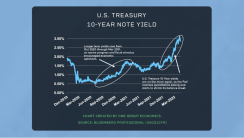
3. Rising input and wage costs
Many corporations are likely to face profit margin compression due to higher input costs and rising wages trying to catch up with inflation. Profit margin compression is a challenge for equity valuations, but it does not necessarily signal a recession.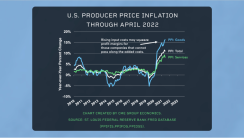
4. High oil prices
The Ukraine conflict has sent oil prices, and then gasoline prices, soaring. This factor contributes to rising recession risk and rising input costs, but so far the U.S. economy is coping with the energy price shocks.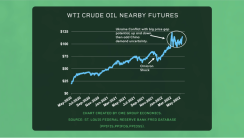
5. China is decelerating sharply
The Covid-zero policy’s implications for a weaker Chinese economy are not good for certain commodities as China growth slows. However, a weaker China is more likely to be reflected in Chinese yuan depreciation than in contributing to a U.S. recession.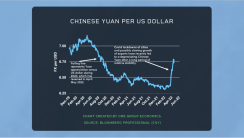
The bottom line is that U.S. growth is certainly slowing back to trend growth after the rapid rebound to the pandemic shock, but that does not necessarily mean a recession is around the corner. Equity markets had many additional headwinds besides recession risk that contributed to a re-assessment of valuations in April and early May.
Read more articles like this at OpenMarkets






